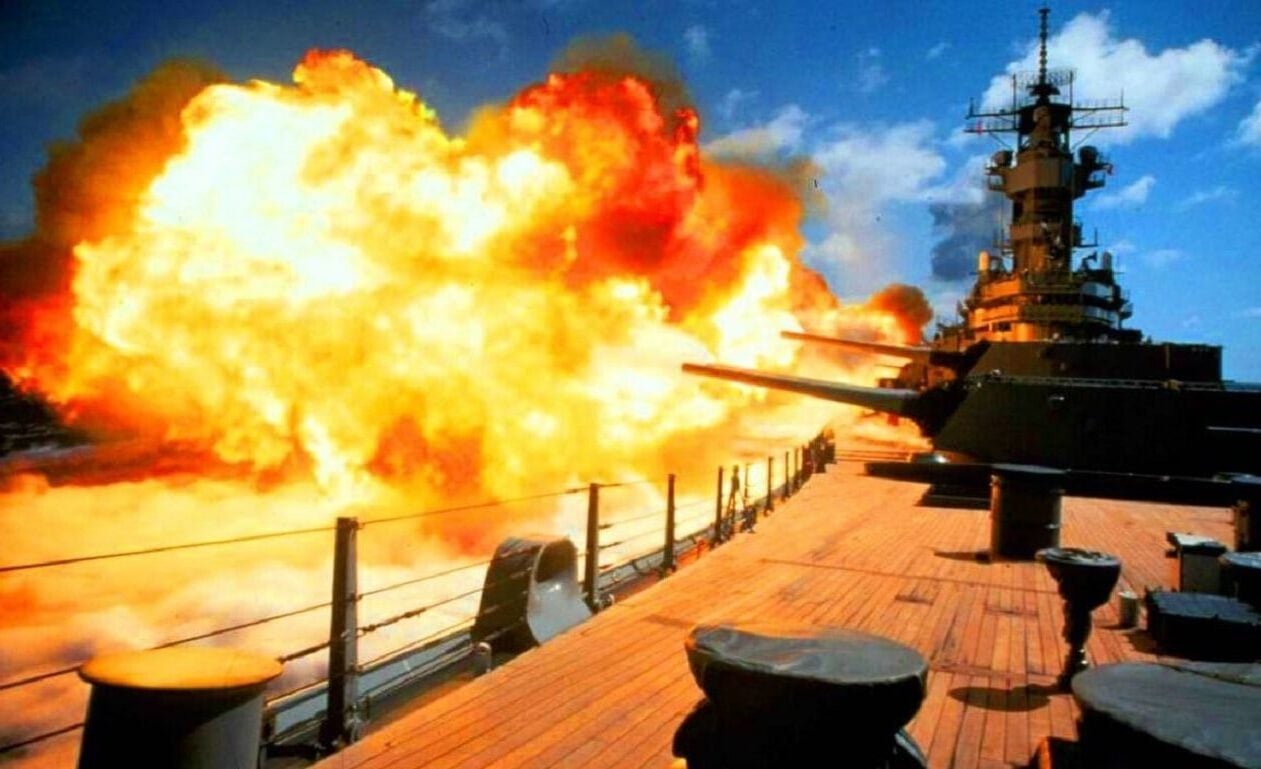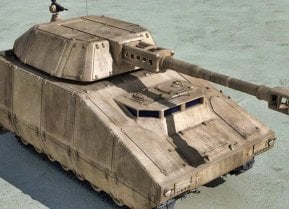What Was the Most Expensive Battleship Ever? Meet the Iowa-Class
Each of the United States Navy’s four Iowa-class battleships, which were constructed between 1940 and 1944, cost around $100 million per ship and were the most expensive ever – or more than $1.65 billion in today’s money.
What was the most expensive battleship ever? We asked a top military expert that question and why Iowa-Class of battleships was so special: The USS Gerald R. Ford (CVN-78) is the United States Navy’s largest supercarrier ever built – and for that matter, the largest military vessel constructed to date. With a cost surpassing $13.027 billion, she is also the most expensive warship as well.
However, the cost is still something that needs to be put in perspective. Aircraft carriers were not always the most expensive warships to build, but after the end of the Second World War, the cost of the flattops increased significantly.

Prior to that point, it was the battleship that likely gave headaches and heartburn to the bean counters that had to come up with the funds to pay for the capital ship expenditures.
This had been true since the UK’s Royal Navy developed HMS Dreadnought, whose design revolutionized naval power. The ship’s entry into service in 1906 represented such an advance in naval technology that her name came to be associated with an entire generation of battleships – known as “dreadnoughts.”
In addition, she made every battleship built before her essentially obsolete. Costing £1,785,683 to build in 1904 ($33.2 million in today’s money), she was the most expensive warship constructed to that point.
More importantly, because Dreadnought made every Royal Navy warship obsolete, the warship created one of the greatest naval arms races in history as every nation sought to modernize their respective fleets.
In addition, as warships increased in size, armor, and armament, the prices only went up from there, reaching their zenith just prior to the Second World War.
The Iowa-Class Was the Most Expensive
Each of the United States Navy’s four Iowa-class battleships, which were constructed between 1940 and 1944, cost around $100 million per ship – or more than $1.65 billion in today’s money. That practically seems like a bargain, as the Pentagon could receive nearly ten battleships for the cost of CVN-78!
It should also be noted that all four of those warships were designed, built, and sent into action in less time than the carrier has spent preparing for her maiden deployment since being launched.
However, it was a Herculean effort – which certainly explains why each ship had such a high price tag, higher than any other warship built to that point.
In total, it took 3,432,000 man-hours – more than 206 years of draftsman hours – to complete the final design. The total completed plans reportedly weighed 175 tons, 30 inches in width, and are 1,100 miles long when laid out.
Work on what was to become the 45,000-ton Iowa-class “fast battleship” began in early 1938 under the direction of Adm. Thomas C. Hart, head of the General Board, which followed the Battleship Design Advisory Board’s recommendation.
At 860 feet long, the length of almost three football fields, the Iowa-class was 200 feet longer than the previous South Dakota-class. That allowed for additional space to be devoted to the ship’s engine, enabling the new class to be truly fast, reaching a top speed of 32.5 knots, which enabled the battle wagons to protect the U.S. fast carriers.

It took approximately two years, and eight months to build each of the four completed Iowa-class battleships. And while some 2,800 men would serve on each of the warships during in World War II, tens of thousands of men and women worked in shifts around the clocks at each of the U.S. naval yards that produced the battlewagons.
More than 71,000 people were employed at the Brooklyn Navy Yard, the largest center in the navy and the largest employer in the State of New York during the war.
It is often said, they don’t build them like to use too – and perhaps we need to find a way to get back to building things like we once did.
Expert Biography
Peter Suciu is a Michigan-based writer who has contributed to more than four dozen magazines, newspapers, and websites with over 3,000 published pieces over a twenty-year career in journalism. He regularly writes about military hardware, firearms history, cybersecurity, and international affairs. Peter is also a Contributing Writer for Forbes. You can follow him on Twitter: @PeterSuciu.


